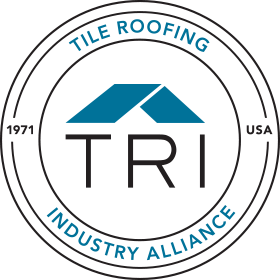Updated 11/1/22 by TRI Lobbyist, Craig S. Brightup
DOL Independent Contractor Rulemaking
On Oct. 11, DOL released its proposed Independent Contractor rule under the Fair Labor Standards Act (FLSA). The NY Times reports it would, “make it more likely for millions of janitors, home-care and construction workers and gig drivers to be classified as employees rather than independent contractors.” Basically, it would reverse a Trump rule and impact industries relying on contract labor. Confusion from inconsistent court decisions when making worker determinations led Trump’s DOL to issue an Independent Contractor rule for the first time since the FLSA was passed some 80 years ago. The Trump rule was well received by employers because it was clear and balanced, but the U.S. Chamber of Commerce says that while DOL’s proposed rule is better than California’s AB-5 (which goes beyond DOL’s statutory authority and mostly finds workers are employees), it leans towards workers being classified as employees.
National Labor Relations Board (NLRB)
The NLRB with a majority of Biden appointees will also redefine “Independent Contractor” under the National Labor Relations Act, which could have greater consequences for employers should the NLRB make the misclassification of a worker an unfair labor practice.
Joint-Employer Status
DOL and the NLRB are also changing “joint-employer” status. DOL is in the early stages under the FLSA but the NLRB proposed a rule on Sept. 7 under the National Labor Relations Act that’s caused alarm among employer groups. The NLRB is proposing that joint-employer status could be found if an employer simply possesses the authority to control (directly, indirectly, or both), or exercises the power to control (directly, indirectly, or both), one or more of the employees’ essential terms and conditions of employment. As such, joint-employer status would exist even if direct or indirect control weren’t exercised. The Coalition for a Democratic Workplace led by Associated Builder & Contractors requested more time for comments and in October the NLRB extended the comment period to Dec. 7.
OSHA’s Regulatory Agenda
Revisions to the Silica Standard for Construction’s Table 1 have been put on hold, but other OSHA items include:
- Silica Standard revisions to Medical Surveillance provisions in process.
- Personal Protective Equipment in Construction provisions in process.
- AZ State Plan revocation comment period extended from 7/5 to 10/14.
- Expanded criteria for Severe Violator Enforcement Program.
- Tracking of Workplace Injuries and Illnesses.
- Heat Illness Standard in preliminary stages.
Midterm Elections and Regulations
Republicans are poised to gain 30-40 House seats for possibly their biggest majority since the 1920s, and 2-4 Senate seats to control that chamber too, meaning the Administration’s regulatory agenda will face Republican scrutiny in the next Congress from oversight hearings and information requests to agency heads from committee chairs.
DHS H-2B Visa Numbers
On Oct. 12, the U.S. Dept. of Homeland Security (DHS) announced that for the first time it intends to issue the maximum number of H-2B seasonal-worker visas allowed by law (a total of more than 130,000) for fiscal year 2023. H-2B visas are normally capped at 66,000 for each fiscal year, but in recent years Congress has given DHS the authority to issue additional visas up to a maximum 64,716 which will be hit for FY23. Per DHS, these visas will be allocated with 20,000 for Haiti and the Northern Triangle countries (Honduras, Guatemala and El Salvador), and the remaining 44,716 supplemental visas for returning workers who received an H-2B visa, or were otherwise granted H-2B status, during one of the last 3 fiscal years.

